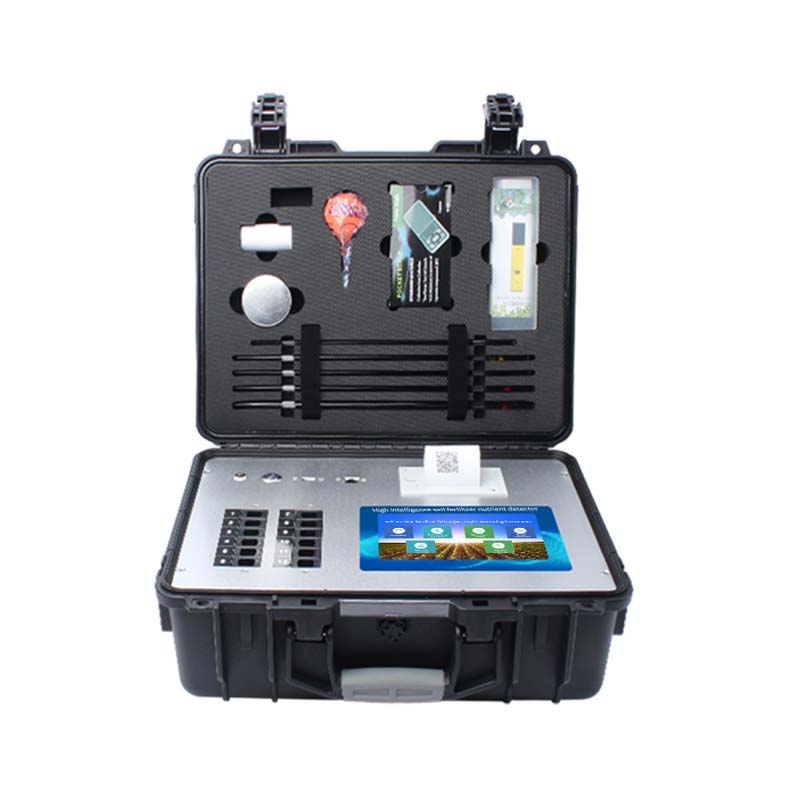The soil nutrient tester is a portable device that integrates medicine, equipment, and instruments. It can complete the detection of key nutrients in soil within 20 minutes, providing accurate data support for scientific fertilization. So, how does this seemingly magical device actually work?

The core working principle of the soil nutrient tester is based on photoelectric colorimetric technology. When soil samples are treated with specific reagents, the nutrient elements in them will undergo color reactions with the reagents, producing a solution that is directly related to color depth and nutrient content. The instrument's built-in four wavelength professional testing cold light source (red, blue, green, orange) will illuminate these color developing solutions and measure the intensity changes of transmitted light through high-precision sensors.
This process strictly follows Lambert Beer's law, which states that the absorption of light by a solution is proportional to its concentration. For example, the molybdenum antimony colorimetric method is used to detect available phosphorus, which reacts with the reagent to produce a blue compound; And quick acting potassium is determined by the sodium tetraphenylborate turbidity method. The 12 detection channels equipped with the instrument can synchronously complete the determination of multiple samples, greatly improving the detection efficiency. Through the fast computation of ARM quad core processors, test results can be accurately presented in a short period of time with an error controlled within 1%.
Compared with traditional laboratory testing, the biggest advantage of soil nutrient testers is their excellent portability and environmental adaptability. The whole machine adopts an integrated design, with light weight and small size, equipped with a large capacity lithium battery, which can work continuously for more than 8 hours in the field. The special solid-state design enables the instrument to have excellent seismic performance and fully adapt to the bumpy working environment in the field.
The instrument also innovatively integrates a plant nutrition diagnostic standard map, allowing users to quickly determine nutrient abundance and deficiency by comparing crop leaf symptoms. When encountering operational problems, the built-in video guidance module can provide immediate assistance, greatly reducing the threshold for use. In addition, detection data can be easily exported through USB or Ethernet interfaces, and with the help of the smart cloud agriculture platform, visual analysis and sharing of detection data can be achieved, providing scientific basis for regional soil nutrient management.
Article address:https://www.soiltesting.cn/news2/41.html






